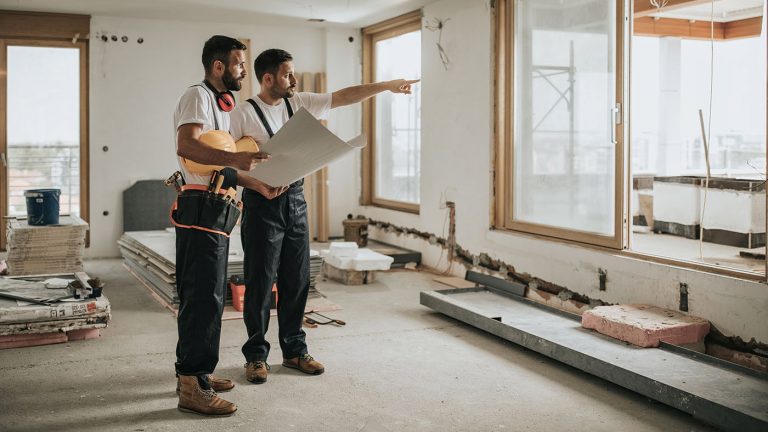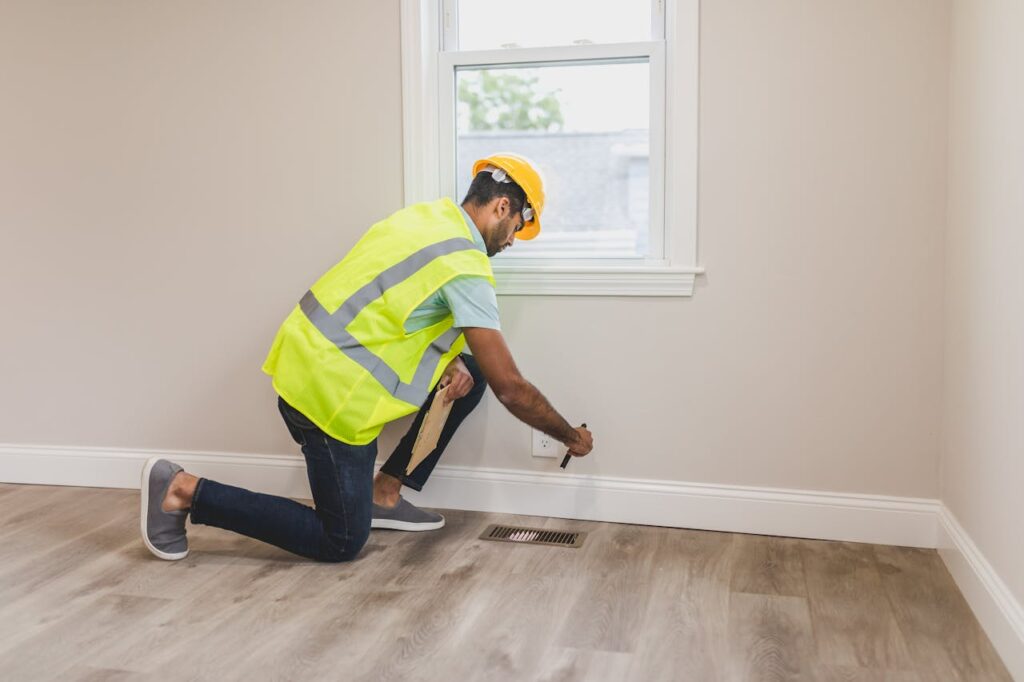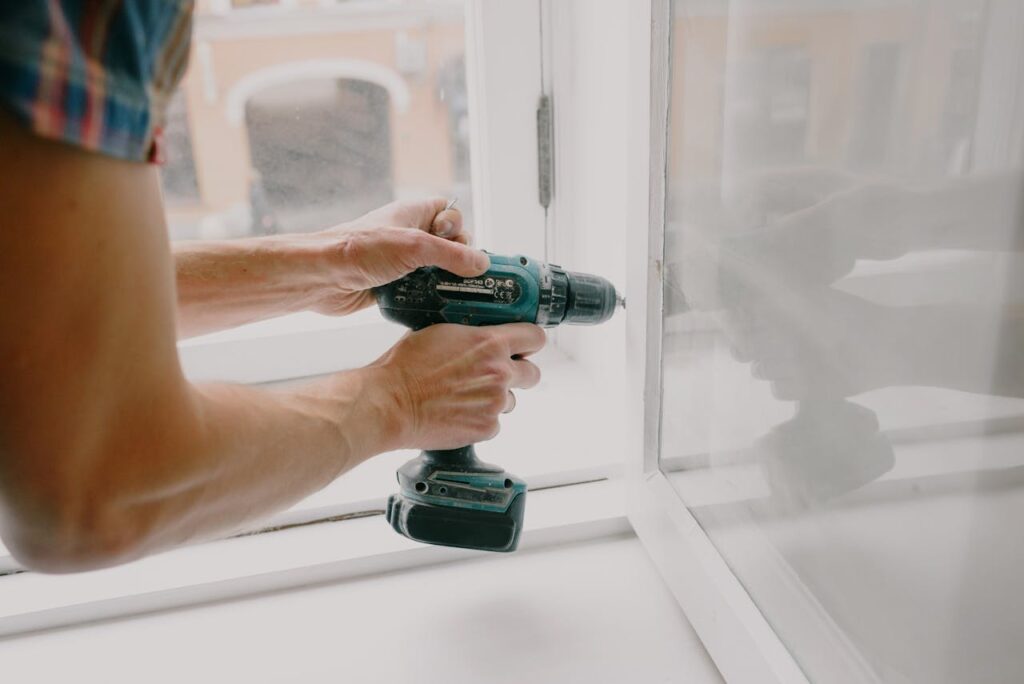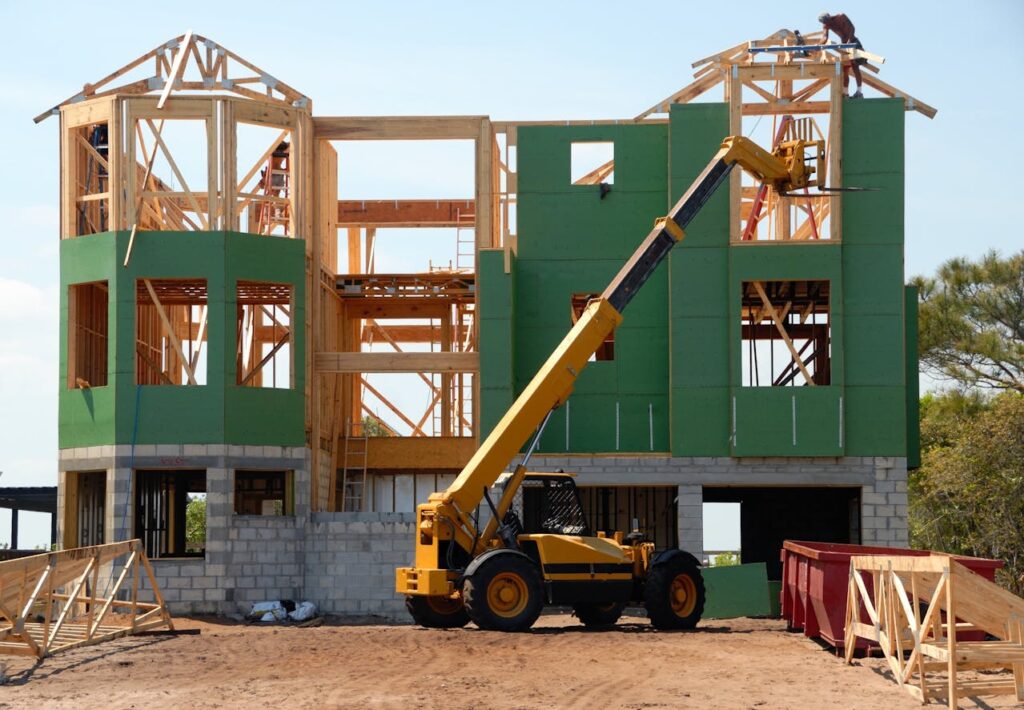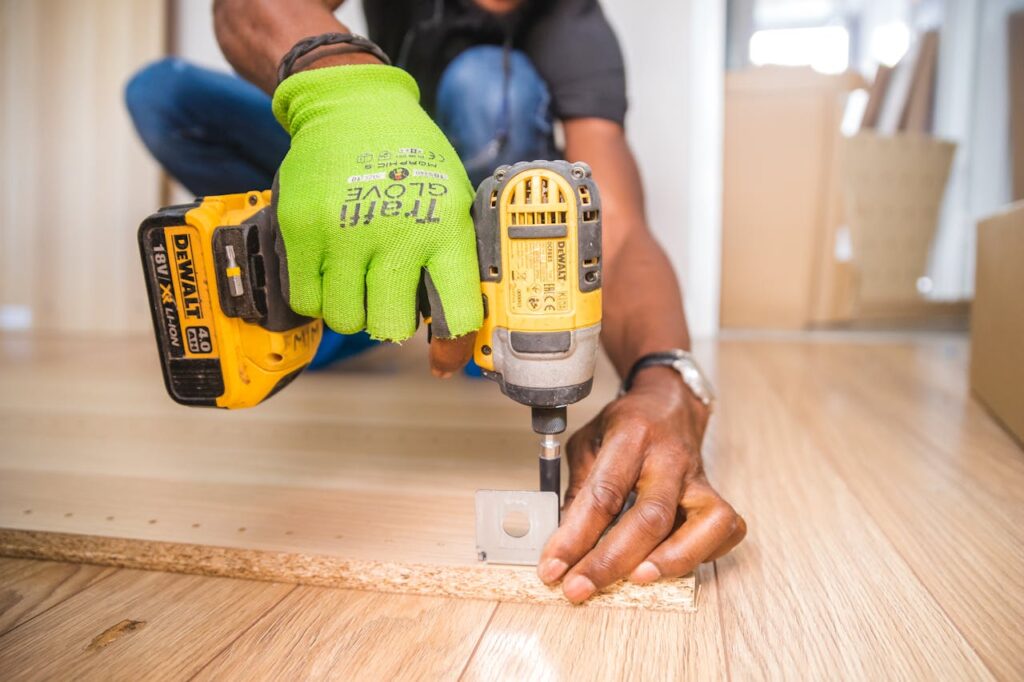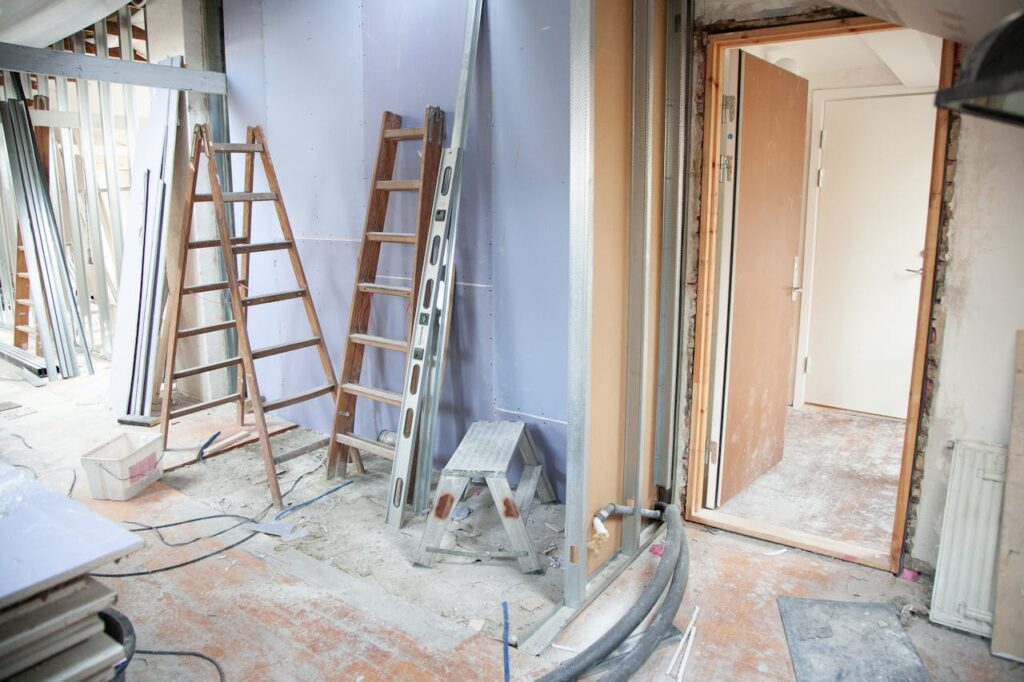When Your Basement Feels Damp, the Problem Might Be Deeper Than You Think
Walk into your basement and smell that musty odor? Notice water droplets on the walls after a rainstorm? Most Toronto homeowners figure they just need better ventilation or a bigger dehumidifier. Here’s what we’ve learned after twenty years of basement renovations across the GTA: that dampness you’re smelling isn’t a ventilation problem. It’s a warning sign.
Toronto Soil Doesn’t Play Nice with Basements
You know what makes Toronto basements tricky? The soil. We’re sitting on some of the most problematic foundation material in North America. Research on freeze-thaw cycles shows that soils with 30-60% clay content – exactly what we have throughout Toronto – are extremely susceptible to structural instability. When water freezes in that clay, it can expand the soil volume by up to 10%.
Think about what that means for your foundation. Every winter, that soil freezes and pushes against your walls. Every spring, it thaws and contracts, leaving gaps. Toronto can experience over 100 freeze-thaw cycles annually. That’s 100 opportunities for water to sneak into places it shouldn’t be.
I was looking at homes in East York last month. Beautiful century properties, solid construction for their era. But here’s the thing – they were built between 1920 and 1960, way before modern building codes required proper moisture barriers. That’s not the builder’s fault. They didn’t know what we know now about hydrostatic pressure and drainage systems.
What Actually Happens When Spring Hits
Spring in Toronto is brutal on foundations. You’ve got snowmelt happening, ground saturated with water, and that clay soil we talked about? It’s acting like a bathtub around your foundation. The water can’t drain away fast because clay doesn’t let water pass through easily.
According to foundation repair experts in Toronto, hydrostatic pressure from this trapped groundwater pushes moisture through foundation walls, especially in areas with poor drainage or grading. The pressure finds every microscopic crack, every window well, every floor-to-wall joint.
You can run your dehumidifier 24/7. Won’t matter. You’re treating symptoms while water keeps finding new ways in.
Here’s Where Most People Get It Wrong
So you call someone to improve your ventilation. They install a fancy system, maybe an HRV. Costs you a few thousand dollars. Six months later? Same dampness. Same musty smell. Why?
Because you fixed the wrong problem.
Toronto homeowners facing foundation challenges in older neighborhoods need specialized expertise. Professional basement waterproofing in Toronto addresses the unique clay soil conditions and freeze-thaw cycles common in downtown properties. TTA Service has served central Toronto homes since 2010, providing comprehensive solutions for basement water management, foundation repair, and underpinning services throughout the GTA.
At Walmar, we always look at the foundation first. Always. We’ve done hundreds of basement projects, and I can tell you – every single time someone called us about “poor ventilation,” we found water getting in from outside.
The Real Cost of Waiting
I get it. Foundation waterproofing sounds expensive. People put it off, thinking they’ll deal with it next year. But you know what’s more expensive?
Concrete doesn’t handle Toronto winters well when it’s already compromised. When water gets into those cracks and freezes, it expands by about 9%. That crack you ignored? It’s getting wider every winter. The rebar inside your concrete? It’s corroding where water reaches it.
Mold’s another issue. Not trying to scare you, but mold starts growing within 24 to 48 hours of water intrusion. Once it’s in your insulation and behind your drywall, you’re looking at serious remediation work. We’ve seen homeowners spend $15,000 fixing mold damage that could have been prevented with $8,000 worth of proper waterproofing.
Your heating bills are probably higher than they should be too. Damp insulation doesn’t insulate. Simple as that. You’re heating and cooling that basement, but the moisture is stealing your efficiency.
When Ventilation Actually Helps
Now, don’t get me wrong. Ventilation matters. But it comes second.
Once you’ve got proper waterproofing handling the external moisture, that’s when strategic ventilation makes sense. Modern HRV systems work great – they exchange stale, humid air without wasting your heating or cooling. Smart move.
Dehumidifiers become way more effective too. Instead of fighting a losing battle against constant water infiltration, they’re just managing normal indoor humidity. We usually aim for 30-50% relative humidity. That’s the sweet spot where you’re comfortable and mold doesn’t have a chance to establish itself.
How We Actually Fix This
When someone contacts Walmar about basement work, we start with an honest assessment. We’re checking:
- Where’s water getting in? (Cracks, joints, grading issues)
- What’s the drainage situation around your foundation?
- How’s the soil composition where you are? (East York clay is different from Scarborough sand-clay mix)
- Will your basement meet Ontario Building Code requirements? (Minimum 1.95 meters ceiling height for habitable space, by the way)
We’re not trying to sell you the most expensive solution. We’re trying to solve the actual problem.
If waterproofing needs to happen first – and it usually does – we’ll tell you straight up. Then we coordinate with foundation specialists who know what they’re doing. No point in us installing beautiful finishes over a foundation that’s letting water in. That’s just wasting your money.
What You Should Do This Week
Sound familiar? Here’s what I’d do if I were you:
Start with a proper foundation inspection. Don’t wait until you see major cracks or flooding. By then, you’re dealing with emergency repairs instead of preventive maintenance.
Get someone out who specializes in waterproofing – not just general contractors who’ll patch and paint. You want someone who understands Toronto’s soil conditions and can identify exactly where water’s entering.
Then, once your foundation’s solid and dry, that’s when you invest in proper ventilation. The combination of good waterproofing and smart air management? That’s what actually creates a healthy basement space.
The Bottom Line
Toronto’s not getting any warmer in winter or drier in spring. Those freeze-thaw cycles aren’t going away. The clay soil under your house will keep doing what clay does – expanding and contracting with moisture changes.
But here’s the good news. Today’s waterproofing technology works. The materials are better, the methods are proven, and when it’s done right, it lasts for decades. Pair that with efficient ventilation systems, and you’ve got a basement that stays dry year-round.
That musty smell you’re dealing with? It doesn’t have to be permanent. Most basement moisture issues can be fixed. You just need to start at the foundation instead of the air quality.





